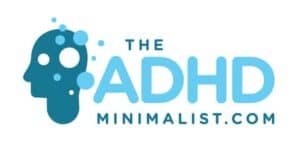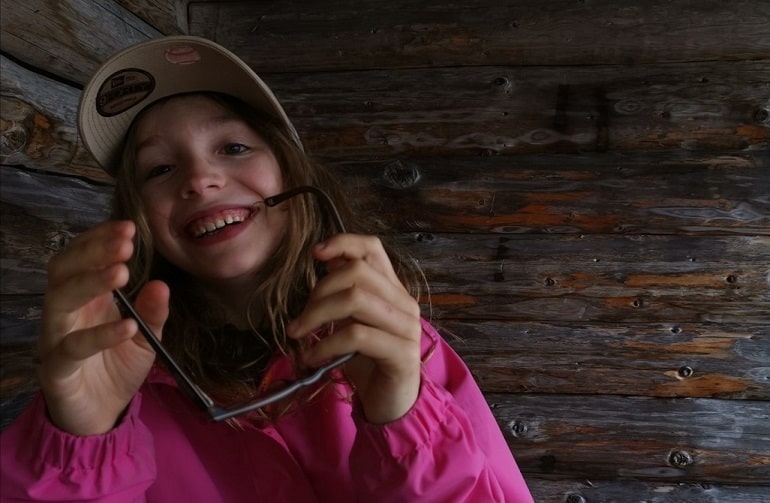
My kids struggle to make eye contact.
I am the mother of three kids two of which have ADHD. My son Lage (13) has ADHD predominantly hyper and my daughter Maria (10) has ADHD predominantly inattentive (ADD).
Even my youngest Frida (6) can struggle to look me in the eyes, but I found that making eye contact with my kids is extremely important!
Why is it important that ADHD kids make eye contact?
A study found that parents who looked their ADHD children in the eyes, when asking them to do a specific task, had better child compliance than parents who did not look their child in the eye.
Parents who retained eye contact for 20-30 seconds after making their request found that their children had an even higher rate of compliance.
A study published on PubMed.com.
I find that when I neglect to look my children in the eyes they often don’t hear me. Looking my ADHD children in the eyes is one way that I can communicate clearly, and I know immediately if they didn’t hear or understand me.
(You will find a link to all my sources at the end of my blog post)
In this post you can check out some specific examples of how I used eye contact to:
- Communicate Love
- Communicate acceptance
- Help my child listen
- Communicate sadness
Why Eye Contact is Hard for Those With ADHD
Many ADHD kids have trouble understanding other people’s emotions and showing empathy. This leads to less eye contact.
- When my son was in daycare his ADHD tendencies drove his friends nuts! He could walk right into other children’s building projects, and send wooden train sets, legos, or building blocks flying!
His friends were angry with him when he destroyed all their hard work, but Lage couldn’t understand why they were angry or why he should apologize!
He often looked down and refused to make eye contact with the staff (or his friends) when they tried to explain why his friends were sad and angry!
- When my daughter was younger she repeatedly refused to compromise on what to play, when she had friends over! She couldn’t understand that her friends felt bored and frustrated when they couldn’t compromise and decide on something to do.
Often I had to intervene and give them a board game to play. Because Maria had a hard time understanding the feelings of others and showing empathy it was hard for her to make new friends.
Maria often avoided eye contact with her friends and refused to look at me, when I needed to explain why her friend was upset.
One little girl went home after a frustrating play experience at our house and told her mother, ‘’Maria was impossible to play with today!’’
When we show empathy we often look others in the eyes. We read how others feel by looking into their eyes.
”Because ADHD kids have a hard time understanding how other people feel they don’t understand the need to look others in the eye.” – Annie
Psychology Today defines empathy as “the experience of understanding another person’s condition from their perspective.”
The ability to understand another person’s experience from their perspective is lacking in most individuals who have ADHD.
To read about how Board Games helped my daughter with her friends click here Games transform Kids
or check out 15 reasons why Kids with ADHD and Dyslexia should play games

Why Eye Contact can be overwhelming for those with ADHD
When I need to look my son in the eyes and communicate something important he tends to break eye contact.
I have to work at helping him refocus on me. This breaking of eye contact tug-of-war reoccurs several times before I can utter the few sentences I wanted him to hear.
I see that eye contact can be overwhelming for ADHD kids.
Those with ADHD get an overload of information from looking into someone’s eyes and they don’t know how to process it!
The best way to deal with this overload is to look away!
Using Eye Contact to Communicate Love and Acceptance
I find that there are different levels of looking people in the eyes.
When you’re deeply in love you gaze deeply into your lovers eyes. When I want to communicate deep emotion, Love, or acceptance by looking into my children’s eyes, I take eye contact to a deeper level.
Since my kids were small I made it a point to look them in the eyes and tell them that I am proud of them, that I love them, and that I am glad to have them as my son/daughter.
I make it a point to tell them that I will always love them and be proud of them even if they disappoint me.
When I do this I want deep eye contact! I gently put my hands on the sides of my child’s face and I look deep into their eyes.
They periodically try to look away, but I redirect their gaze before I continue talking.
I don’t do this every day probably one or twice a month. Sometimes I do this directly after one of my children has done something extremely disappointing.
Sometimes I just randomly decide they need a bit of extra love and encouragement.
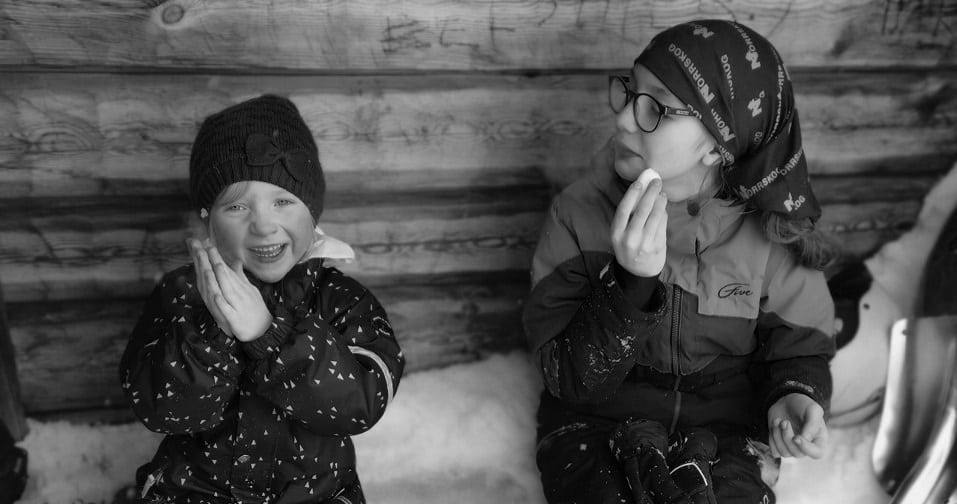
Some Examples, of how Using Eye Contact for Communicating Love and Acceptance works
Example one: Frida is angry.
Several months ago my youngest, Frida, (she does not have an ADHD diagnosis as of yet) completely freaked out and started hitting, kicking, and ramming into me at bedtime!
She has always been extremely strong willed. It only takes a slight deviation from her idea of how things should go, for her to completely fall apart or get extremely angry.
This particular evening she agreed that we would only read one book at bedtime, and she would be allowed to stay up 20 min extra and finish watching a movie with her sister.
Thirty minutes later when I finished her book and was preparing to say goodnight she insisted that we read a second book! I gently reminded her that she agreed to only read one book as a prerequisite to stayin up and finishing the movie.
At this point she freaked out. She jumped out of bed, ran out of her room, and started hitting things! I picked her up, hitting and screaming and took her back to her room.
We both went inside and I closed the door. I told her that if she was going to hit and ruin things she would have to do that in her own room, and I sat down on one of her child sized chairs to wait out the storm!
She dislikes being in time out even if I am in there with her (putting her in timeout by herself only makes things worse) and she went berserk! She hit, kicked, and rammed into me and it really hurt!
I grabbed a pillow to put some padding between her and me, but this only angered her further because she didn’t want me touching her pillow!
When she finally calmed down she sat with her head on her knees and looked at the floor. She was too ashamed to look at me.
I held her on my lap for a while, then I sat her on the bed and gently held her face in my hands. ‘’Look at me Frida’’ I insisted over and over again! Finally she looked me in the eyes.
‘’Frida, I love you!’’ she looked away. ‘’Frida look at me!’’ I insisted again. When she looked up I continued.
‘’Frida, I Love you and I will always love you! Nothing you can do, will make me stop loving you!
I love you when you hit me, I love you when you have a bad attitude, I love you when you’re angry, and I love you when you don’t listen!’’
Frida looks down an ashamed look on her face. ‘’Frida, look me in the eyes!’’ I waited for her to look at me and I finished with, ‘’I will always love you no matter what you do because you are MY Frida!’’
Several days later I was frustrated because Frida was dragging her feet at bedtime and it was taking twice as long as normal! I finally threatened to take away her ipad if she didn’t get in bed.
When we were done reading and I went to hug her goodnight, and she put her hands on my cheeks, looked me in the eye and said…
‘’Mommy I love you when you’re frustrated, and I love you when you have a bad attitude, and I love you when you’re angry. I love you all the time!’’
I looked her in the eyes and reminded her that I would love her all the time too!
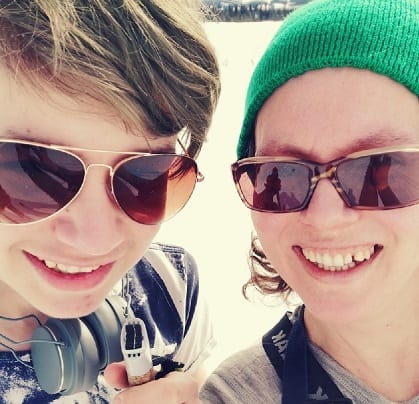
Example two: Lage has a panic attack
Lage went through some really rough years. The worst of which happened when he was eleven and a half. He started puberty early which was rather bad timing because we were still trying to find an ADHD medication that would actually work for him.
One day he started panicking because we needed to change our schedule. He was pacing in the living room talking excessively as loudly as he could! No one could get a word in ede wise and he was making the rest of the family miserable!
My husband finally took the girls outside and left me to deal with our son.
After listening to a string of horrible comments about …
- How awful we were as parents
- How stupid we were to let someone change our schedule
- How we didn’t love him and we only cared about his sisters
- How all of life completely sucked
I finally calmed him down.
It was his usual practice to get all worked up and start spewing out negative comments when he felt panicked.
This time he suddenly sunk into a chair and hung his head! That was not typical. It was as if all the fight suddenly left him!
I saw an opportunity. I sat down in front of him and asked him to look at me. He looked at me briefly and looked away again. I gently put my hands on his cheeks and waited for him to look me in the eyes!
‘’Lage, I love you!’’ I said. He looked away.
‘’Lage look in my eyes!’’ he looked, and I continued. ‘’Lage I love you and you can’t do anything to make me stop loving you!’’
Again he looked down. ‘’Lage! Look at me!’’ he looked in my eyes, ‘’I am glad that you’re my son, and I’m proud of you!’’
We talked a bit, and he had a good rest of the day.
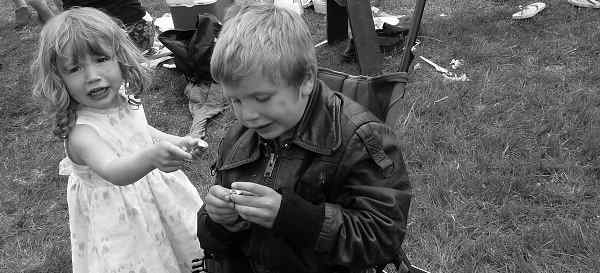
Using Eye Contact to Communicate Sadness
When one of my children does something that makes me extremely sad I take a similar approach to the examples above.
I look my child in the eyes and let them see my sadness. Often I let them see me cry! Then I let them know that I love them anyway!
Seeing tears was one of the few emotions that my son would respond to.
Once he hurt a friend in a wrestling match. They had both decided to wrestle, but they got a little carried away. The little boy that came over (Let’s call him Tom) started moaning and when I came to the rescue and Lage ran off!
I first made sure that Tom was ok and I let him pick a show on netflix while I went to find Lage. He was outside and he was frustrated!
He did NOT see Tom getting hurt as his fault. He reiterated over and over again that they both agreed they wanted to wrestle.
I explained that I didn’t think he tried to hurt his friend, but when I found the boys, they were not just wrestling they were also pillow fighting! Lage hit Tom a bit too hard with a pillow and was not listening when Tom said stop!
Even though I explained over and over that it’s good to say your sorry when an accident happens or when you didn’t mean to hurt someone Lage didn’t seem to understand.
He did not want to say he was sorry! I explained that you can say your sorry even if what happened is not your fault, but this approach didn’t work either.
I tried emphasizing that saying he was sorry to Tom was a good way to show his friend that he cared. Nothing helped! I tried and tried to convince Lage that he needed to say he was sorry, but he flat out refused!
I finally told him that I was worried that this kind of behaviour would drive away the few friends he had. ‘’Tom is one of your oldest friends, don’t you care about being a good friend?’’ I asked as tears welled up in my eyes.
I looked Lage in the eyes as tears spilled over and ran down my face!
As soon as he saw my tears, he seemed to realize that I was extremely upset, and that what we were discussing was more serious than he thought! He immediately said he was sorry to me and agreed to go tell his friend he was sorry!
I was not angry with Lage. I was genuinely sad that his behaviour was driving his friends away, and I believe he saw that in my eyes!
Using Eye Contact to Help Children Listen
When I use eye contact while asking my kids to unload the dishwasher, or pick up their room it’s a more casual eye contact.
I am not putting my hands on their cheeks. I am simply making sure that I make eye contact with them so I know that we understand each other.
You would not believe how many times my kids claim they do not hear me!!! It’s like anything other than making eye contact when communicating gives them an excuse to say they did not hear me!
The study that I read on PubMed.com noted that when parents looked their ADHD kids in the eyes and asked them to unload the dishwasher (or other requests) they had a higher chance of their child listening than when they asked without looking their child in the eyes.
If you take it a step further and you continue to look your ADHD child in the eyes 20-30 seconds after making your request your chances of your child listening get even higher!
No one knows exactly why this is, but it may be that your child feels you are more insistent when you continue to keep eye contact.
They also have time to think about their answer when you continue to hold their attention. They can’t just walk off, shrug their shoulders, and grunt at that point!
I don’t do this very often with my kids. I often let them break eye contact when I am done talking with them.
The last time I tried this on my tenager he wondered why I was being weird!
I think this may be a good practice if you start while you kids are little and continue to keep extra eye contact as they grow up. Things that they are used to are usually not going to bother them even when they are 13!
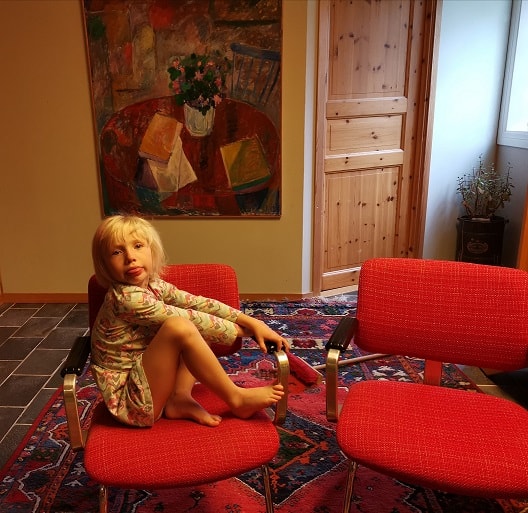
Why you should insist on eye contact for ADHD kids at home
Eye contact is a wonderful tool for showing your child love and acceptance as well as a great help when you need your child to get things done.
The home is a safe place to learn social skills. Home is where kids learn how close relationships work.
Looking someone in the eye is important in close relationships. If your child ever decides to get married he/she will probably thank you for teaching him how to look those he loves in the eyes!
Looking the rest of the world in the eyes is not necessary. Not being able to look people in the eyes may hinder some from getting social jobs, but most ADHD kids won’t want these types of jobs anyway.
It may be hard for kids with ADHD to keep eye contact with teachers or friends, and I don’t think this is alway necessary. Some kids need to look away while they are thinking.
It may not be possible for an ADHD child to look at the teacher while they are answering the teacher’s question. If that is the case for your child, have a discussion with your child’s teacher. Most kids will do better in school if they feel that their teacher understands them and likes them.
I have a post on what every teacher should know about ADHD kids. It has lots of personal stories in it, and it will give you some more ideas to discuss with your child’s teacher.
What every teacher should know about the ADHD child

Should ADHD kids be required to make eye contact in Public?
I don’t believe that kids with ADHD should be required to look everyone in the eyes.
If they can learn to look the people they care about in the eyes this is a huge milestone for many ADHD kids!
Forcing kids to look teachers in the eyes may make kids extremely anxious at school. If kids are anxious it’s much harder for them to learn!
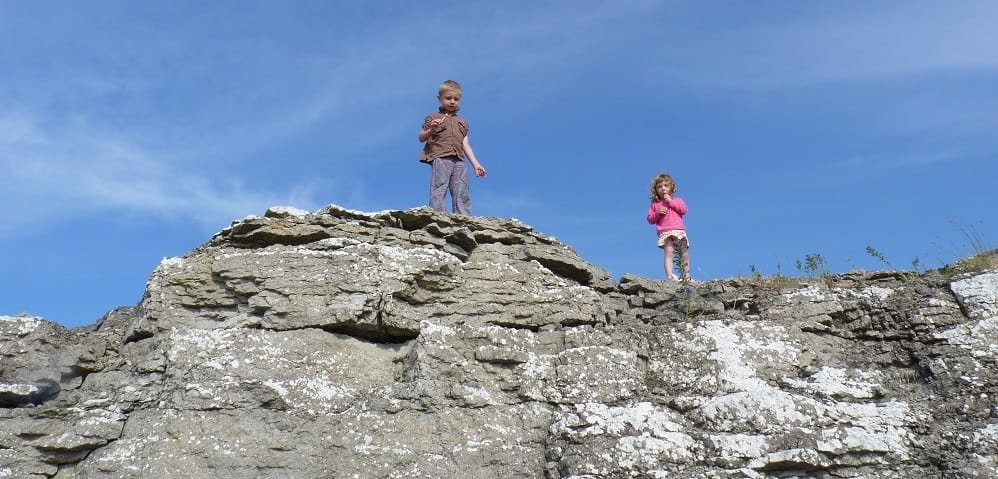
Conclusion
If you can help your child look your immediate family in the eyes this is a huge win for those ADHD kids who struggle with eye contact.
All kids with ADHD are not the same! Some ADHD kids may find eye contact extremely hard and others may not have a problem with it at all.
If kids can learn social skills at home where they feel it is safe to face their anxieties, they may automatically try to use these skills with friends or teachers.
Often it’s when kids feel they have mastered something at home that their new skills make a debut in public.
I hope you continue to look your ADHD child in the eyes!
If you have a question you would like answered, in the form of a blog post, feel free to email me. My email is on my blog’s contact page.
If you are struggling with ADHD check out some of my other posts. I spend time writing these, so you won’t make the same mistakes I did!
What To Do If Your ADHD child Is A Pack Rat!
Why Working as a Team, to Parent Your ADHD, Child is Crucial!
How Minimalism can Reduce ADHD Symptoms
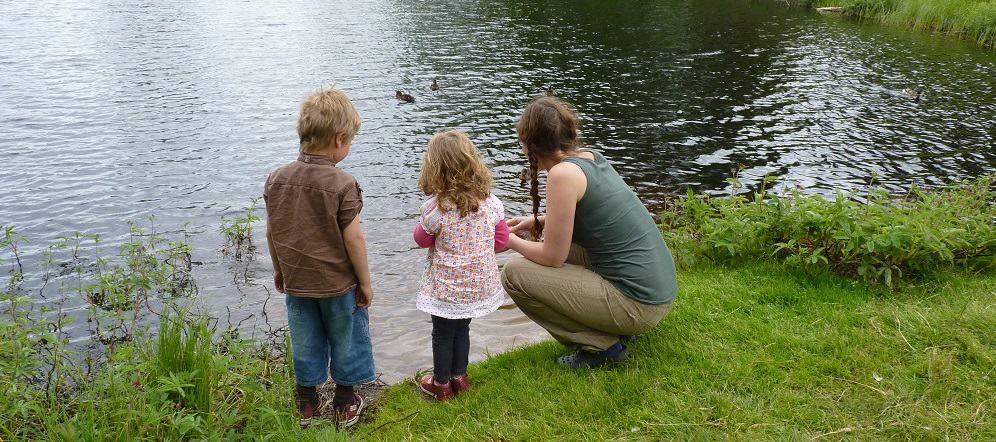
(Source) https://www.psychologytoday.com/intl/basics/empathy
(Source) https://pubmed.ncbi.nlm.nih.gov/15669599/
Copyright Annie Eklöv
